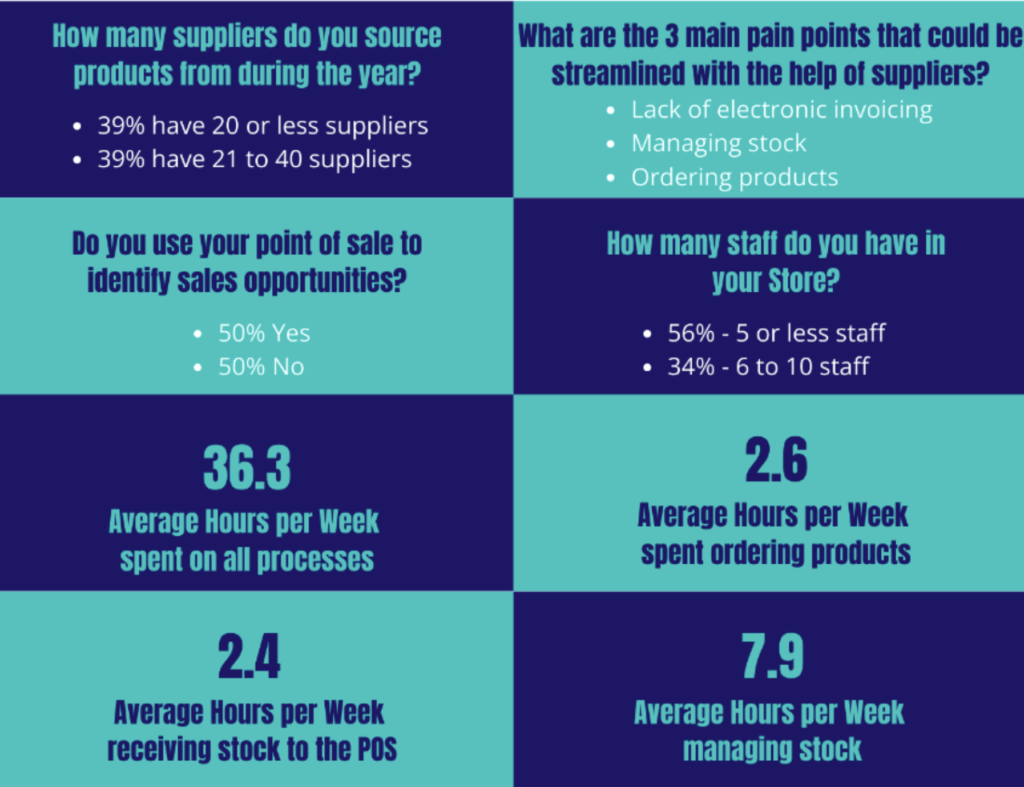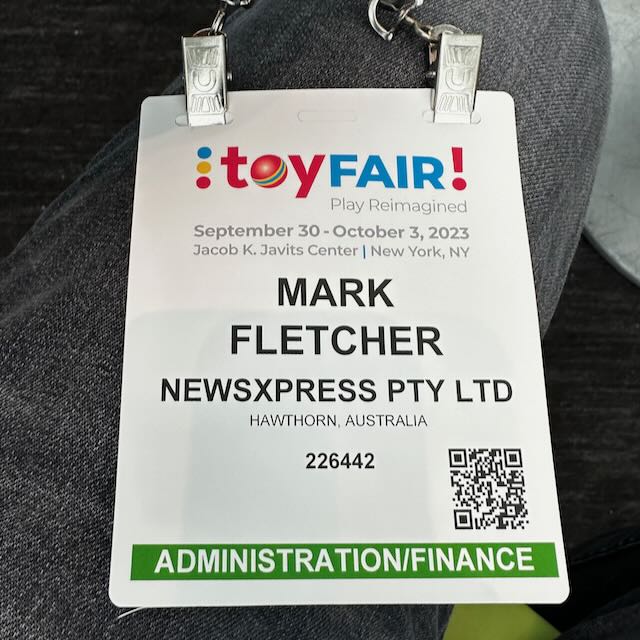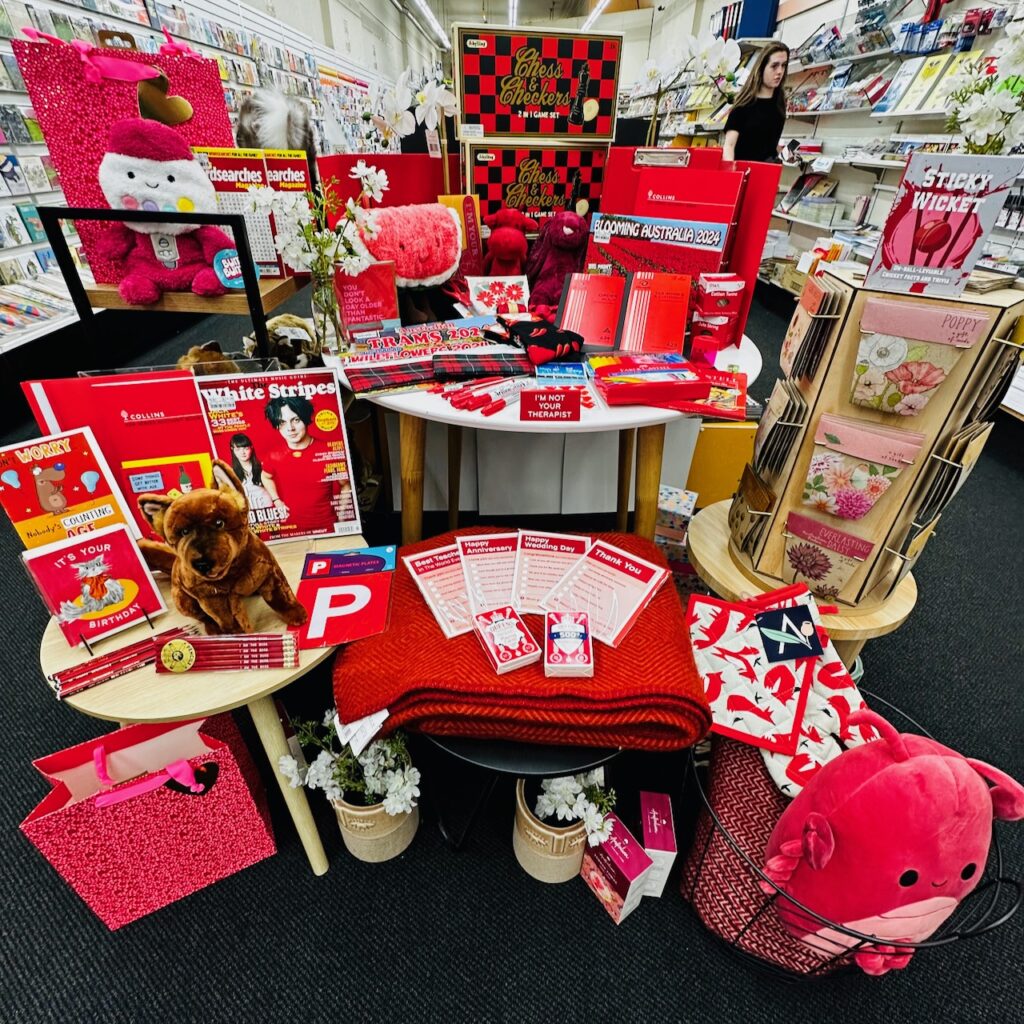Pushing a cash is king message is a fool’s errand in my view and here’s why
I see small business retailers pitching cash is king on social media and shake my head. It’s a waste of time. People will pay how they want to pay, if you let them.
Berating people, telling them that cash is better for you and the economy is an argument not backed by facts.
The cost of handling cash is not dissimilar to the cost of taking cashless payments. especially today with fewer bank branches available for cash deposits and making change.
We are retailers. Our businesses are service businesses. If someone wants to pay us money, we need to be flexible in the forms in which we receive this. And, if one form of payment is more expensive than another, consider a surcharge for that and explain to your customers why.
Posting on social media about the cost of card payments and bemoaning money banks make from this is not cutting through. You only have to look at the continued growth in card and other non-cash payments to see that. So why waste time and energy complaining about something that has no chance in going your way. Instead, spend time celebrating what you love about your business.
Of course, what you put on social media from and about your business is 100% up to you. The challenge for our channel is that anything one newsagent does can speak for more than that one business.
What we want in our business, our prime goal, is more shoppers. Anything that gets in the way of achieving this needs to be considered, and probably dropped. I think the social media posts bemoaning the cost of card payments and calling for people to pay cash are an example of a turn-off social media post. Such posts risk turning people off your business and off colleague businesses in the newsagency channel.
Yes, the payments arrangements in Australia are unnecessarily complex and they do have a cost to our businesses. But, shoppers are flocking to non-cash methods of payment and it is good for our businesses if we accept these with ease and grace.
Instead of waging an unwindable campaign about your preference for cash over card for payment, consider diverting that energy into business improving opportunities such as addressing common expensive management misses that I too often see in local small business retail. here are some ideas:
- Dead stock. A problem not seen is not a problem to too many. In the average indie retail business, dead stock is equal to at least 3% of turnover.
- Running out of stock. In one business I looked at recently, being out of stock cost the business $15,000 in sales in six months. ordering based on what their software advised would have solved that.
- Failing the price opportunity. Shoppers are less price conscious than we think they are. Have faith in your business. Price based on the value you offer and not based on fear of competitors.
- Bloated roster. I often see a bloat cost equal to around 10% of business labour cost.
- Wrong trading hours. Some stay open too long while others are not open long enough. Either way has a cost to the business.
- Being blind to theft. Theft in local indie retail retail costs on average between 3% and 5% of turnover. Not watching for it, tracking it and mitigating against it has a cost to the business.
- Ignorance. No, it’s not bliss. There are insights in software that can guide better decisions, faster decisions, more financially rewarding decisions. Yet, too many in retail don’t want to know.
This is a list of seven action items from which any small business retailer could benefit. Pick any or all of these ahead of spending time going on social media calling for people to pay by cash instead of a card and you will gain more benefit for bottom line.




